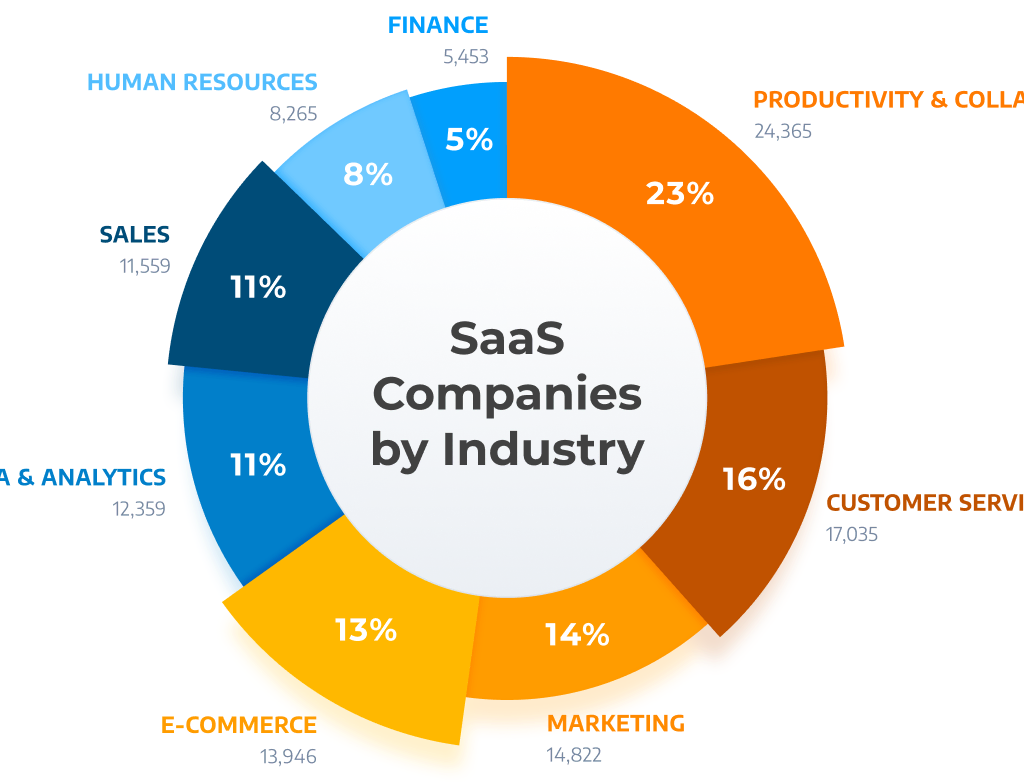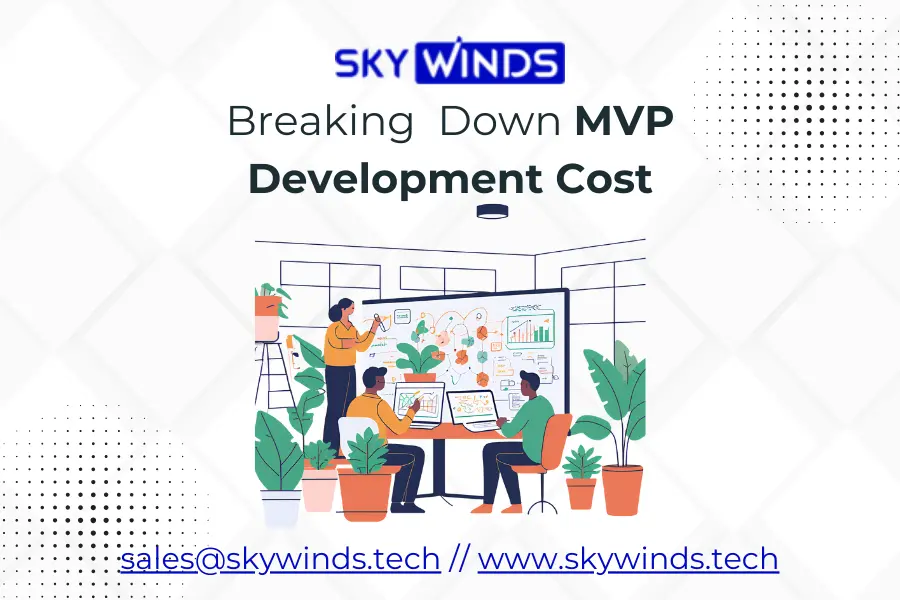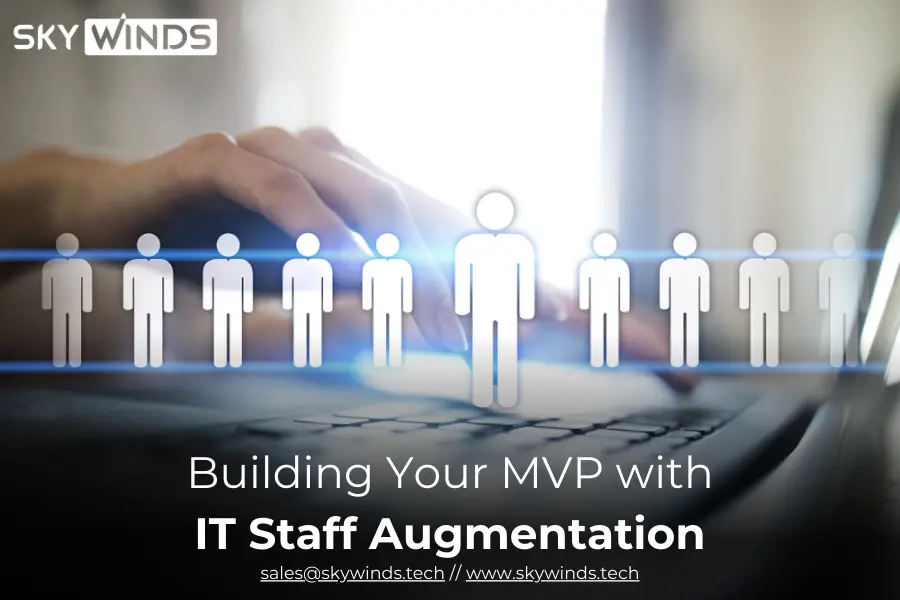For the SaaS Product Strategy, Skywinds’ Solutions, one of the best SaaS Development Companies is out there. An irresistible and irreplaceable step for sustainable growth is the ability to devise a stateful strategy that privileges a product to survive amid a combination of other products that don’t occupy such a meaningful position in the marketplace. With the total size of SaaS to reach the point of $1.2 trillion, in a quarter of a century from now, it becomes a necessity to be competent in this very area.
This blog is a guide to exploring some of the actionable insights that will refine your SaaS strategy, from identifying niche markets to leveraging micro SaaS ideas for scalable success. With the support of business leaders and our knowledge, we will divide up the positions of a successful plan.
Table of Contents
- The Foundation: Understanding SaaS Product Strategy
- Strategic Planning using Market Analysis
- Crafting a Vision-Driven Product Roadmap
- Building a Scalable SaaS Product
- Adopting a Product-Led Growth (PLG) Strategy
- Monetization and Pricing Models
- The Role of a SaaS Product Development Company
- Future-Proofing Your Strategy
- FAQs:
The Foundation: Understanding SaaS Product Strategy
SaaS product strategy is a chart blueprint that matches your product’s view, growth, and market position according to the long-term business goals you want to achieve. SaaS products are not like those of traditional software that within a fixed period have been restive and have had to be replaced by the newest ones. SaaS software is a particular kind of software that needs to be customizable and be timely updated. Three core pillars:
- Market Alignment: Making your product real for a certain group of people is providing a solution to the problem they have.
- Scalability: Constructing an infrastructure that evolves along with your user community.
- Customer-Centricity: Shaping interactions that promote customer loyalty and at the same time reduce the flights.
An example is Momentum, a micro SaaS startup growth app, that managed to pull through by focusing on the startups’ need to collect simplified analytical data and the tracking of their goals. This microenterprises’ going all-in approach argues the positive impact of told markets being crystal clear.
Strategic Planning using Market Analysis
Determine Your Target Markets
Accurate market segmentation is the first step in any successful SaaS strategy. To identify underserved niches, examine user roles, organization sizes, and industries. A recruiting program or other resource that only serves recruits for scattered units in need of collaborative talent coordination would be one example. SEMrush and Crunchbase are two tools that may be used to find gaps in the products that rivals provide. To validate pain points, use forums, interviews, and surveys. Often, a SaaS product strategy development business collaborates with its clients to conduct research, ensuring that the findings align with real market needs.
Analysis of Competition
Analyze the features, costs, and client satisfaction of rivals. Unlike more complex tools like Ahrefs, Nightwatch offers simple rank tracking, making it a standout SEO tool.
Important actions consist of:
- Feature comparisons to highlight unique value propositions.
- Pricing audits to identify underserved tiers.
- SWOT analysis to anticipate market shifts.
Leverage Micro SaaS Opportunities
Micro Software as a Service firms are expanding quickly since they have reduced costs and brought about good earnings. Examples include.
AI chatbots for customer support (e.g., Lionize’s influencer marketing platform).
No-code analytics tools like Feather. so, which simplifies Notion-based blogging. Verticalized solutions such as Cookbook, a meal-planning app for home cooks.
These tools thrive by addressing hyper-specific needs, often overlooked by larger players.
Crafting a Vision-Driven Product Roadmap
Define Your Product Vision
Your vision should articulate the product’s purpose and long-term impact. Enable minor enterprises to oversee activities smoothly with a user-friendly, expandable device. This clarity ensures all teams from developers to marketers work toward shared goals.
Set SMART Objectives
- Break down your vision into Specific, Measurable, Achievable, Relevant, and Time-bound goals.
- Short-term: Create an early test project to see what people think (like the first small test of Calendesk for setting up meetings).
- Long-term: Invest in scalable infrastructure or AI integration.
- HubSpot grows by changing how things work, using feedback from people to understand their needs better.
- Balance Innovation and Stability.
- SaaS products must evolve without compromising reliability. Agile methodologies and CI/CD pipelines enable rapid iteration while maintaining quality.
Building a Scalable SaaS Product
Architecture and Tech Stack
Prioritize multi-tenancy, security, and scalability. Microservices and cloud platforms (AWS, Azure) allow flexible resource allocation. Minor software services and no-code systems such as Automate or Squarespace cut down coding duration.
As per the case study, Whalesync, a simple data matching tool, grew to $128k/year by joining Airtable and Webflow.
UI/UX Design
User experience is a retention driver. Jetboost’s on-page search tool succeeded by simplifying website navigation through real-time filtering. Key principles include.
- Simplicity: Avoid feature overload.
- Accessibility: Ensure compliance with WCAG standards.
- Personalization: Configurable dashboards enhance engagement.
Security and Compliance
With GDPR and HIPAA regulations, data protection is non-negotiable. SumatoSoft, a SaaS product strategy development company, emphasizes end-to-end encryption and regular audits.

Adopting a Product-Led Growth (PLG) Strategy
PLG focuses on delivering value through the product itself. Dropbox and Slack demonstrate this by providing free basic versions that encourage customers to promote them. Key tactics include.
- Free Trials: Let users experience core features (e.g., UpPromote’s affiliate marketing software).
- In-Product Guidance: Use tooltips and onboarding flows to reduce friction.
- PQLs: Prioritize users who derive value from the product.
Monetization and Pricing Models
Choose a model that aligns with customer expectations.
Subscription: Basic, Pro, & Enterprise (e.g., Feather’s $5,900 MRR).
Freemium: Attract users with free features, and upsell premium options.
Pay-Per-Use: Ideal for API-based tools like Api2Pdf ($10k/month).
Consistently examine indicators such as Lifetime Profit Potential (LPP) and customer attrition percentages to squeeze pricing.
The Role of a SaaS Product Development Company
Partnering with experts like Skywinds Solutions accelerates time-to-market and reduces risks. Our end-to-end services include:
- Market Research: Validate micro SaaS ideas through competitive analysis.
- MVP Development: Build lean prototypes to test demand.
- Scalable Architecture: Ensure your product grows with user needs.
As per example, The compliant group by SumatoSoft, with an ISO 27001 stamp, offers secure answers for the health, finance, and transportation industries.
Future-Proofing Your Strategy
a. Embrace AI and Automation: AI-driven tools like SEO CoPilot ($9. 6k/month) automate tasks and personalize experiences. Integrate machine learning for predictive analytics or chatbots for 24/7 support.
b. Explore Vertical SaaS: Industry-aligned responses, such as Hyvor Blogs for specialized publishers, lessen competition while elevating pertinence.
c. Stay Agile. Frequently review your approach with instruments such as Amplitude to monitor user actions and adjust to patterns.
A combination of vision, agility, and customer focus is needed to implement a SaaS product strategy. The secret is to precisely solve genuine problems, whether you’re a startup looking at mini SaaS concepts or a firm working with a SaaS product development company.
Skywinds Solutions helps businesses with their well-thought-out strategy, cutting-edge technology, and steady inventiveness. Are you prepared to bring your SaaS idea to life? Together, let’s construct the future.




